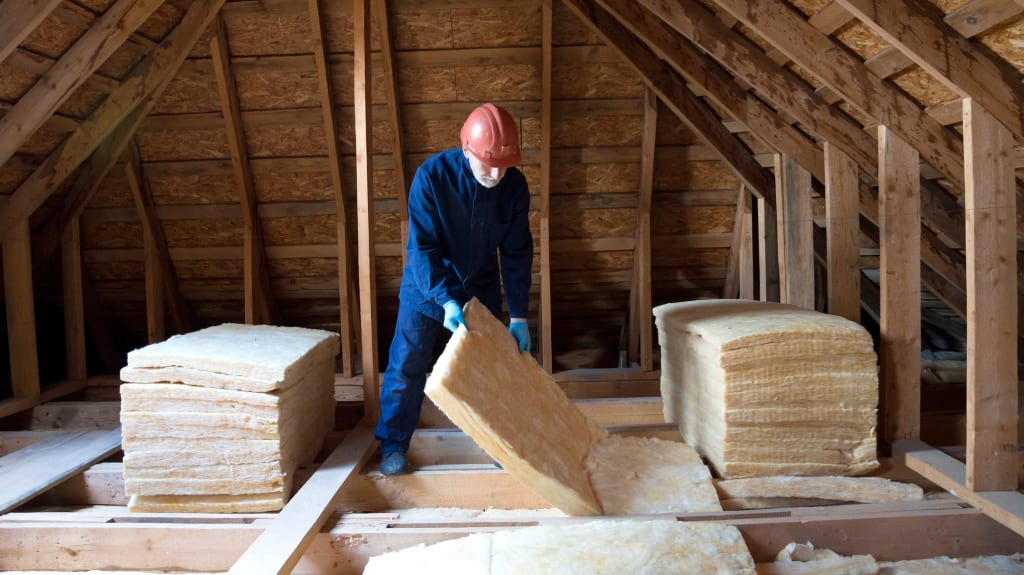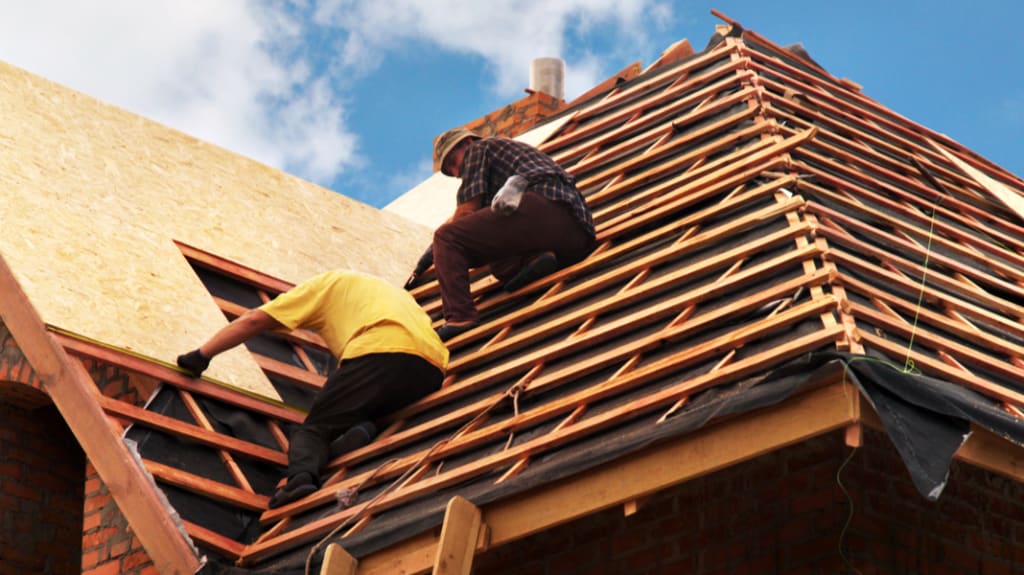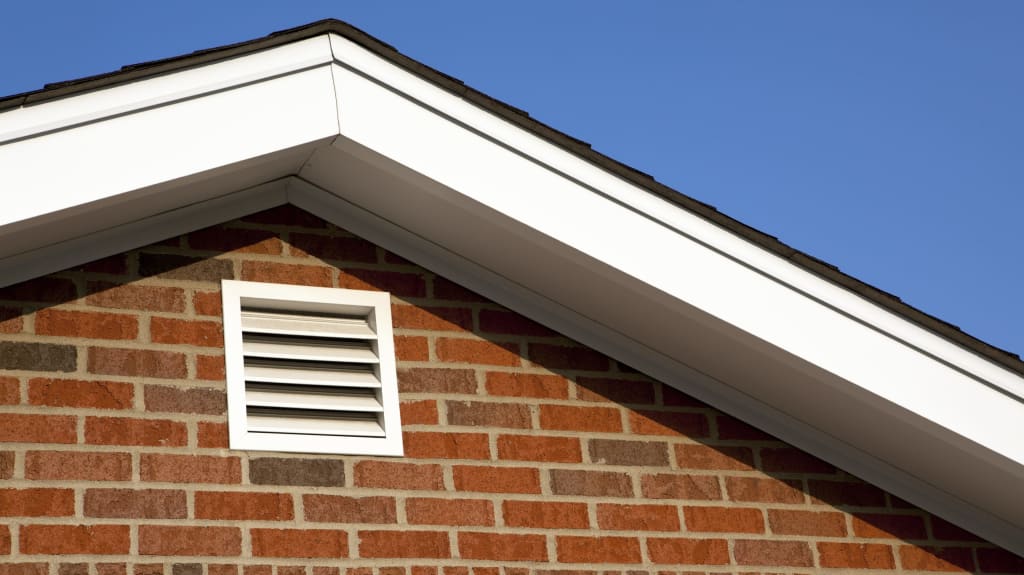A leaky roof is never the news you want to hear for a few reasons. It may be causing significant damage to your property and could also cost a lot to repair if the problem isn’t addressed pronto. Water infiltration is a sneaky home invader and only becomes apparent after the damage is done. If you’re interested in learning more about the main causes and signs to look for, what to do in case of emergency, plus how to prevent problems from starting in the first place, look no further!
Leading causes of water infiltration
The roof constantly takes a beating from the elements. Sheltering occupants from rain, snow or extreme heat, it’s your home’s first line of defense against Mother Nature. So it should come as no surprise when it starts to wear out and water finds ways to enter.
Damaged roof covering

One of the most common causes of water infiltration is a damaged covering. Over time, shingles or tiles can crack, break or fly off. When this happens, the smallest opening can allow water to seep in and create a heap of trouble.
“If you’re waiting to replace an older roof or cracked tiles because there’s no visible water infiltration, you risk allowing a hidden leak to damage plywood that will need to be replaced too,” says Maria Santamaria, team leader, residential services and training at RenoAssistance. “This may also cause mould to spread and that will require a costly decontamination.”
Heavy rain – snow and ice buildup

Then there are the roofs that spring leaks during heavy rain. After an especially intense storm, you’ve no doubt witnessed water running off in torrents! When a lot falls in a short amount of time, it can overwhelm drainage systems like eavestroughs and beat a path directly into your home.
Same goes for snow and ice dam accumulation. Excessive buildup can cause a roof to buckle, create cracks and set the stage for a water leak.
Clogged eavestroughs

Clogged eavestroughs are another major headache. When blocked by leaves, branches or other debris (sometimes dropped off by birds and squirrels), rainwater can’t run off properly – and could end up in the house.
Faulty installation
Lastly, subpar installation could also be the culprit. If a roof is poorly installed from the get-go, if features like skylights, chimneys or ventilation ducts aren’t properly sealed, water will have free rein to cause damage.

Thinking of renovating?
How to detect water infiltration through the roof
Water infiltration is not always easy to spot, especially when it happens in less visible areas of the house. That being said, certain signs can alert you to the presence of an underlying issue.

Moisture and mould
One of the first signs you can observe with the naked eye is the appearance of black or white spots. This usually means moisture has crept in from a leaky roof. This phenomenon is often accompanied by a noticeable musty smell. Mould will spread if not quickly managed and that may result in some pretty serious issues, both to the structure of your home and your health (including breathing difficulties, allergies, eye and throat irritation).
Water stains on the ceiling or walls
Another visible sign of mould growth is water stains on the walls or ceiling. You may notice rings or darker spots often around areas with ductwork or skylights. These spots start out small but tend to expand and multiply if a leak is left unchecked. Don’t wait too long to act!
Peeling paint
One telltale sign of a leaky roof outside is peeling paint inside. When materials absorb moisture, they warp and start to break apart, creating a peeling effect. You’ll typically see it happening on the ceiling. This phenomenon may seem innocent at first but must be taken seriously because water seeping into a house can lead to significant structural damage.
What to do in case of emergency?
Water infiltration is no joke. It’s a serious issue that needs to be dealt with asap to avoid major damage. Follow these recommended steps if you’ve got a leak on your hands.

1. Clean up the mess
The first step is to get rid of water that has already entered. Use rags and buckets to limit the damage. If there is any wet furniture or clothing, move it to prevent further damage. Try to pinpoint the source of water infiltration and seal it temporarily until a more permanent solution can be applied.
2. Fix any holes and replace the roof if required
Once a leak is identified, specialists need to be booked to repair any holes. A simple localized patch may be all it takes in some situations. However, if a roof is too far gone, it will have to be completely replaced. The clock is ticking if the structure is already compromised. You need to act quickly to avert a risk that could represent a safety hazard.

Thinking of renovating?
3. Contact your property insurer
Once you’ve got an emergency under control, get in touch with your insurance company.
“Your home insurance may cover the cost of damage to certain materials, depending on what provisions are in your policy,” states Maria Santamaria. “However, insurers rarely reimburse roof replacement and decontamination costs.”
Prevent water infiltration: wise practices to adopt
A few simple precautions can help safeguard against water infiltration. Prevention is better than cure!

Regular roof maintenance
This is fundamental, especially in northern climates: a well maintained roof is better prepared to handle extreme weather conditions! Do regular walk-about inspections, especially after bouts of bad weather. Assess the condition of tiles and shingles if you have safe access. Note if any have broken or blown off that will need to be replaced.
Don’t forget about the eavestroughs! Check for any blockages caused by leaves, branches or other debris. Regular cleaning will keep water flowing smoothly – so it doesn’t pool on the roof when it rains.
Consistent inspections
Schedule a professional roof inspection every two to three years, especially if the roof is challenging to access. Specialists can identify cracks or hidden defects and correct an issue before it takes a more sinister turn.
Need to replace your roof?
Have you spotted a leak? Or noticed that shingles are starting to show some wear and tear? The countdown to your roof replacement project has begun. The Verified Contractors in our network know what action to take to keep your property watertight and how to replace a roof covering in accordance with best practices. Call on us to ensure the safety of your home so you can enjoy it worry-free.




